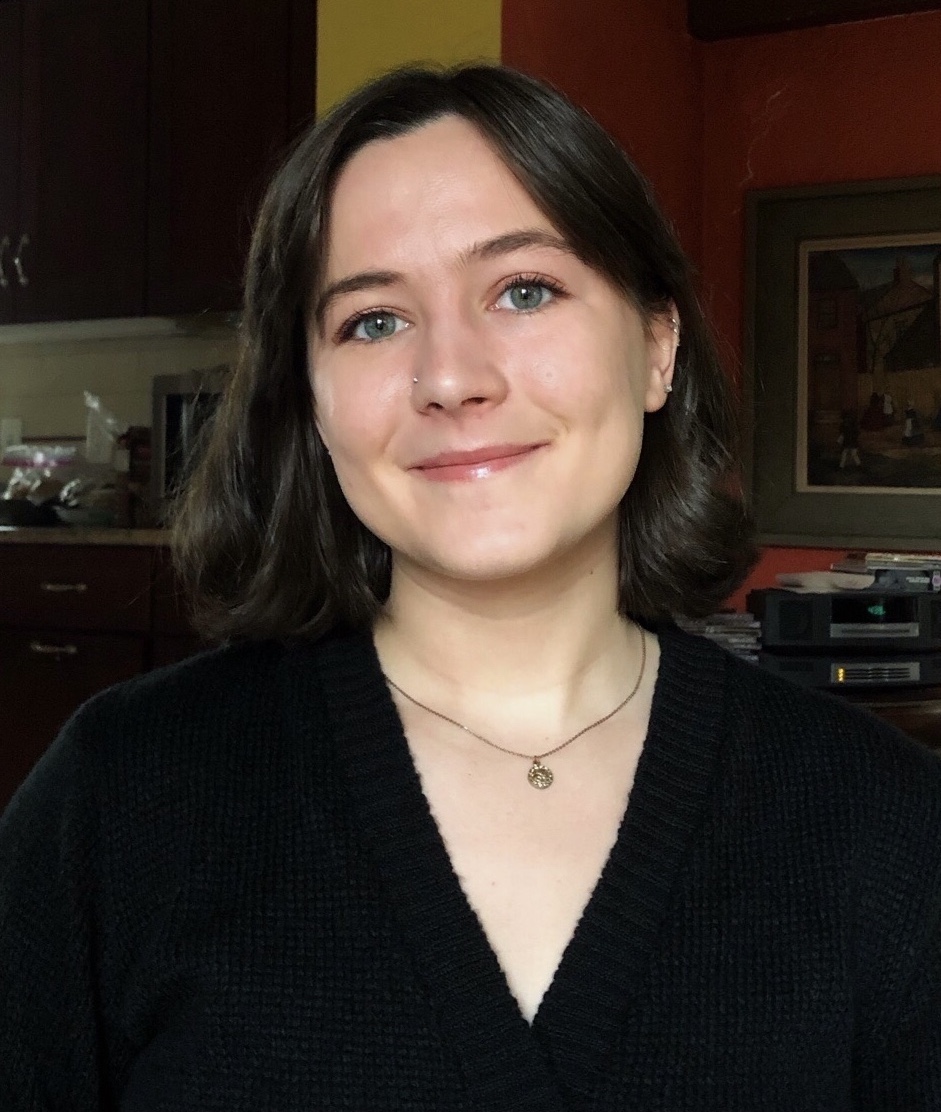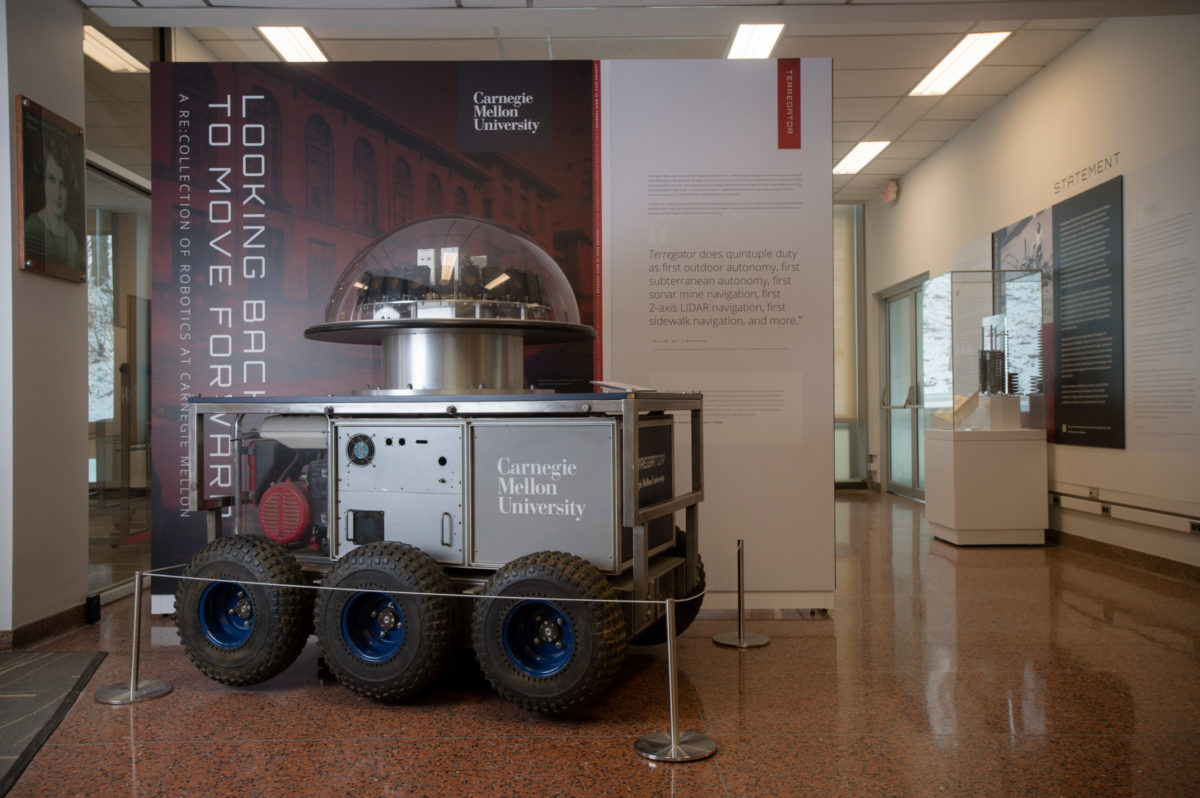Ever wondered how, exactly, Pittsburgh became a leading city for robotics? A new exhibition in town has the answer.
The Carnegie Mellon University Libraries recently opened an exhibition taking a look back at Pittsburgh’s storied robotics past. Titled “Looking Back to Move Forward / A Re:collection of Robotics at Carnegie Mellon,” the exhibition brings together over 40 robots and archival artifacts for display, including soccer robots, snake robots, an early-stage autonomous food delivery robot and the “Terregator,” one of the early iterations of an outdoor autonomous vehicle.
Beyond displaying these robots of yore — which are paired with recollections from the innovators who built them — the exhibition also explains the unique digital preservation process they require, and what current efforts to keep record of a tech history look like.
“The best way to tell CMU’s story is to do it honestly – as a complex, comprehensive, and nuanced account of successes and failures, inspirations, and warts,” said Katherine Barbera, an archivist and oral historian who co-curated the exhibition, in a statement. “Through the efforts of The Robotics Project we will ensure that historians, scientists, journalists, filmmakers, students, and other creators from the many fields who rely on archives for historical research are able to access this history and make it part of the public collective memory.”

“Looking Back to Move Forward” exhibition at the Hunt Library. (Courtesy photo)
The public opening of the exhibition comes after the initial launch of The Robotics Project, an interdisciplinary effort to robotics history preservation, in 2019, with the Alfred P. Sloan Foundation provided funding in 2020. But the idea of working to document the university’s fast-moving tech advances for history is even older than that.
William “Red” Whittaker, a CMU professor who spearheaded innovation on autonomous vehicle development, was one of the first to suggest a systematic archival process for robotics at the school. His interest in doing so culminated in his founding of the university’s Field Robotics Center in 2018, which focused on transferring photographs and slides from the early 21st century into digital files.
“While robots are the main attraction for most people, we hope audiences will appreciate that this project goes beyond the physical items,” said the exhibition’s other curator, robot archive processing archivist Kathleen Donahoe. “The Robotics Project team is building a research collection to investigate the research ecosystem of robotics, create a model for preserving these records, and document the history of the field.”
“Looking Back to Move Forward” advances Whittaker’s efforts as the inaugural exhibition in CMU’s new gallery space in the first floor of Hunt Library on campus. But the exhibition is also available online, through a 360 virtual tour of the space.
Check it outThe formal recognition of the robotics history in Pittsburgh cements the city’s status as a global capital for innovation in the field. In looking back, those working within today’s thriving robotics economy can examine the origins and continue learning from the founders that started it all. Particularly as the region’s robotics become even more complex (including the commercial launch of autonomous vehicles on the horizon), understanding the pathway of past innovations could illuminate the future of new ones.
Though representations of CMU’s robotics past alone is not a comprehensive view of the whole city’s work in this field, this exhibition offers a glimpse at what future digital preservation efforts could look like, and dovetails with similar ongoing projects from institutions like the Heinz History Center.
The exhibition opened on Jan. 19 and will run through March 18 in the Hunt Library Gallery on CMU’s campus.
Sophie Burkholder is a 2021-2022 corps member for Report for America, an initiative of The Groundtruth Project that pairs young journalists with local newsrooms. This position is supported by the Heinz Endowments.Join the conversation!
Find news, events, jobs and people who share your interests on Technical.ly's open community Slack




